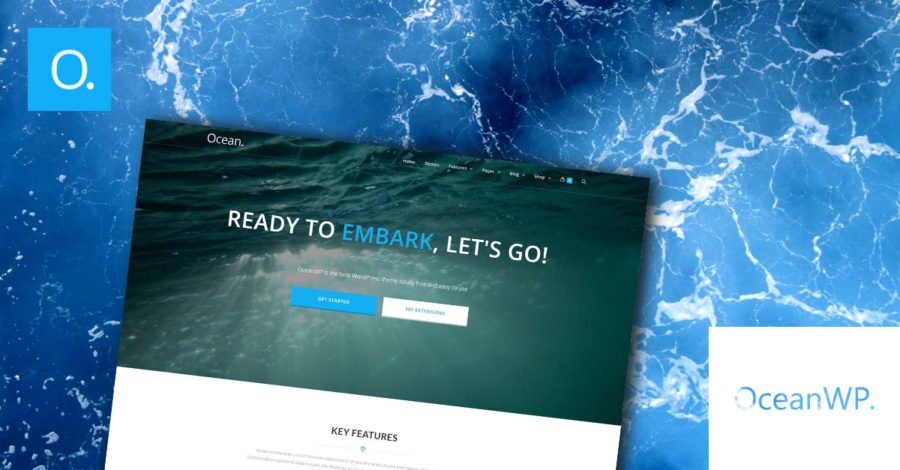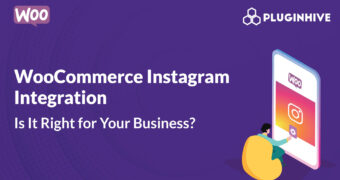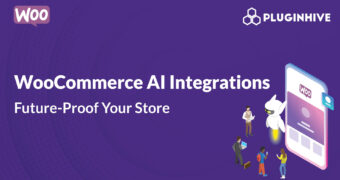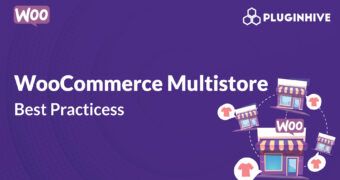Get best WooCommerce Plugins > Instagram stands out among tons of social media platforms as…
How to create a memorable brand

When people
think about creating a brand, the majority thinks about designing a logo. This
is indeed an important part of the process, yet a logo doesn’t make a brand.
Even your company is not a brand. What is then?
All the
people who work in your business, their attitudes and ideas drive the brand. The
way your staff interacts with your customers, customer journey and experience
with your product creates your brand. The visual components of brand identity
(colors + logo) and the packaging create an impression of your brand. Your
brand’s tone of voice, the message in its slogan, and the way you display
content on your website and social media represent your brand.
Everything
together is your brand – it’s a personality of your business and its promise to
your customers. You cannot split those elements – they are organically
interwoven. Instead, when you create your brand from scratch, think of them as
of different focal points of one process.
Who you are?
Before you
start working on any of the elements below you must find out who you are as a
business. I know, easier said than done. It makes sense to conduct market research. Before you start shaping your
identity, you must know who your audience is, who your competition is and what value you can offer to your
customers.
Knowing
your audience is the first step. You cannot target pre-teens and working
parents with the same message (at least, it’s not likely). Knowing your
competition is essential to finding out what needs of your audience aren’t yet
addressed. Your values, on the other hand, is the answer to those needs. What
do you represent? What do you stand for? What is the purpose of your existence?
(apart from making money that is). What only you can offer to your customers?
Why should they choose you? What makes you different from your competitors?
When you
answer all those questions, you are ready to tell the story of your brand. People like stories and remember them. The
most successful brand stories follow the pattern: problem – solution – success.
That is, a problem existed, the solution was offered thus laying the foundation
for the brand and brand’s prosperity.
Create a personality
With all
the data about audience and values on your hands, you can start creating a
personality for your brand. Before you will dive in design particulars, such as
colors, type, and logo, decide upon the qualities you will convey through them.
Look at some key points. Remember, each quality can be viewed as positive. The
important thing is what describes your brand best and what will best appeal to
your audience.
- Are
you lightning-fast or slow, careful and meticulous? - Are
you serious and reliable or fun and carefree? - Are
you traditional or cutting-edge? - Are
you old and experienced or youthful and fresh? - Are
you affordable or ritzy? - Are
you family-friendly or provocative? - Are
you everyday or special-occasion? - Are
you ubiquitous or out-of-the-ordinary? - Are
you careful or daring? - Are
you factual or opinionated?
And so on –
continue until you have a very clear idea about your brand’s personality. Every
detail is important because that is where you will be coming from while working
on your brand’s name, visual identity, and tone of voice.

Brand name
When you
have decided on key characteristics,
use mind-mapping to cluster them in semantic blocks of related keywords. You can jot down associations
they evoke, moods, connotations, and objects you visualize whey you think of
abstract qualities. Don’t be afraid to step away from dictionary synonyms and
use your own experience. Many personal associations you think are unique to you
may turn out to be universal. This approach is useful because it helps to
elicit vivid symbols that speak volumes.
A physical object representing an abstract idea (a sprout or a leaf for growth,
elephant for long memory, a paperclip for saving and ordering, a bull for power
and energy, a jaguar for speed) is a shortcut into the imagination of your
audience and a great way to convey ideas. For example, companies that offer essays help online often use word “paper” in their
brand name. That’s not only because the word is used to signify any written
assignment as opposed to other types of projects. Paper is a physical object
one can interact with, it conjures sensory and motor experiences (rustling of
pages, the smell of pen or print ink, feeling of textures, a memory of
handwriting or thumbing through a book) and it creates an immediate emotional
response – and therefore is more memorable.
Still, it’s
just one of many possible approaches to coming up with a name for your brand.
Other popular name types are eponymous (after a founder or prominent figure: Disney,
Tesla, Proctor & Gamble, Dr. Martens), descriptive (telling upfront what company does: Great Western Railways, American Airlines,
Booking.com), acronymic (KFC for Kentucky Fried Chicken, DHL for Dalsey,
Hillblom and Lynn, LG for Lucky-Goldstar), suggestive (dictionary words, slightly altered words, or both used
in combination to describe key attributes: Facebook,
Snapchat, Rayban, PayPal, Slack, Lyft, Kleenex), and abstract (with no intrinsic meaning, often onomatopœic, like Rolex, Kodak, Tic Tac).
Visual identity
With brand personality
and name ready, it’s time to choose your colors.
They are a powerful tool to get your message across because they are strongly
associated with different feelings.
About 85 percent of consumers cite color is a primary reason to choose a
product, so this is an uber-important decision to make.
To pick the
color that is most suitable for your brand, you may want to do some research.
Go through the psychology of color guides and look at some examples of existing companies. Pay close attention to brands
within your industry – it’s important to decide whether you want to compete in
one league with them or stand out from the crowd.
Another
great way to come up with the color that will represent your brand best is
creating a mood board, either digital or physical, to get the most generalized feeling
of your brand’s identity, ideally summed up in one key motif. You are not limited to one color, but often less is
more. About 95 percent of the top brand logos use one, or
at most, two colors.
Too many can dilute the message you intend to convey. Unless your message is
diversity, versatility, and wide choice, of course (cue Instagram, Google, Microsoft, eBay).
With name
and colors, you are all set to create a logotype. Unfortunately, there is no
universal recipe. Simple shapes tend to be more memorable (think Apple, Nike, MasterCard), but there always be exceptions (Starbucks, Unilever, Warner Brothers,
Heineken).
However, logos
that are open to interpretation and have multiple meanings (Pexels, Airbnb) are more likely to be
remembered because they act as brainteasers and catch the eye. Many successful
logos feature a wordmark or initials in such way as to create a shape and
conveys additional meaning (arrow in FedEx,
headphones in Beats Electronics, A to
Z in Amazon, P representing a pin in Pinterest).

Brand’s tone of voice
Now is the
time to give your brand a voice. To do it, try to imagine your brand as a
person with all the qualities you brainstormed above (see “Who you are?”
paragraph). If something is missing, fill in the gaps, noting every detail.
Now imagine
several scenarios, for example:
- A
customer wrote an angry Twit/Facebook post – how would you react? - A
customer leaves a five-star review – how would you respond? - A
customer approaches you with concern – how do you want them to feel when the
issue is resolved? - A
non-profit approaches you seeking sponsorship for a charity event – what would
you say and which words would you choose?
And so on –
come up with your own best- and worst-case scenarios. After you are done
answering, revise your answers. Are you happy with them? Is this how your brand
should sound like? If so, what are the key values these answers communicate?
(Friendliness and approachability? Competence and reassurance?)
Are your
employees aware of these values? Would they respond to the above situations the
way you imagine? Remember, that the key to a memorable brand is consistency.
Your voice should sound uniform across platforms, media, and all areas of your
business.
Creating a
memorable brand doesn’t necessarily take a lot of money. It is quite possible
on a small budget (everyone knows a story of Nike’s iconic swoosh purchased for
$35 from a college student). However, you must make sure that everything in
your brand’s identity reflects your core values and is consistent with your
mission.




